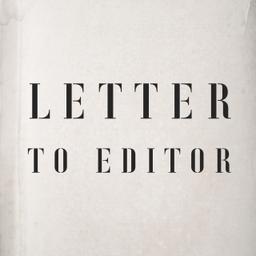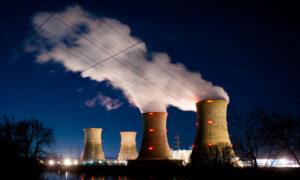The proliferation of articles written to scare or intimidate average Americans seems to be increasing. We have become a country obsessed with regulating risk out of existence. Many new ideas are viewed as too risky, too toxic, or too expensive. Take, for example, the recent letter “Nuclear Fiascos Revisited?” by Jack Duckworth, published in the Oct. 11–17 edition of “The Readers’ Turn.” The author begins with an assertion that over 55 nuclear accidents have occurred and that safer, more reliable nuclear power plants are unattainable.
Except for the notable exceptions of Three Mile Island, Fukushima, and Chernobyl, nuclear reactors have been very safe and dependable. Can you name another nuclear accident? Human error and black swan events (e.g., the earthquake and tsunami in Japan) have contributed to the three major events. But over the past 50 years, the nuclear energy track record has been very good and the learnings have been great.
The author further suggests that the competition to design new power plants is somehow imprudent or that competitive bidding is unwise. Most interestingly, he excuses the Nuclear Regulatory Commission’s engineers from doing the very job that they are expected to perform. Specifically, the NRC is supposed to encourage competing reactor designs, they are supposed to review these proposals and select the best design. The fact that several alternative designs are proposed is a positive feature.
Concerning costs, the NRC stipulates thousands of requirements that collectively add millions of dollars to the price tag—effectively making nuclear energy artificially prohibitive. Consider something simple like the dome of the reactor. Should construction of the dome be thick enough to withstand a direct hit by a small jet or a Dreamliner? Design engineers will quickly admit that the safety features of today’s reactors are drastically improved over the installed base—similar to the safety differences of a 1966 VW compared to a Tesla. Nevertheless, the public is unaware of these new safety features because much of the installed base lacks these upgrades.
Globally, about 300 nuclear reactors exist; about 95 are active in the USA. Most of these reactors have been running seamlessly for 40 years or more. Almost 20 percent of our American electricity is nuclear generated. Global economies increasingly rely on cheap, reliable energy. China, France, and Germany are investing in nuclear energy. High-paying manufacturing jobs require cheap energy.
The author also states that the U.S. experience with nuclear power has been an “unmitigated disaster.” Besides Three Mile Island, nuclear energy in the U.S. has been extraordinarily successful. Finally, the author believes that a singular design would be beneficial. That is in fact a responsibility entrusted to the 3,000 engineers employed by the NRC. They are to review and approve the best design. Today, a standard design reactor might be advisable, but the notion that a “design flaw or shortcoming can be rectified quickly” ignores the fact that any repairs to an active nuclear reactor are fraught with obvious operating risks.
Nuclear energy is not perfect, and spent fuel is an issue. However, all the nuclear waste produced since 1970 could fit onto a football field, 30 feet high. Nuclear energy remains a golden opportunity to produce cheap, reliable, clean energy. China is strategically building 21 reactors as they move away from coal and reduce their manufacturing costs. America doesn’t need to mimic the French; they need to encourage innovative designs and enable nuclear energy to grow as a clean, reliable source of electricity.
Steve Lampe
Pennsylvania






